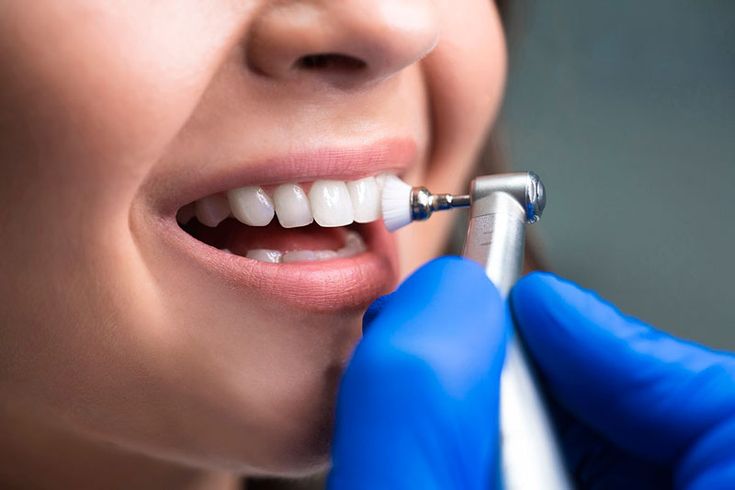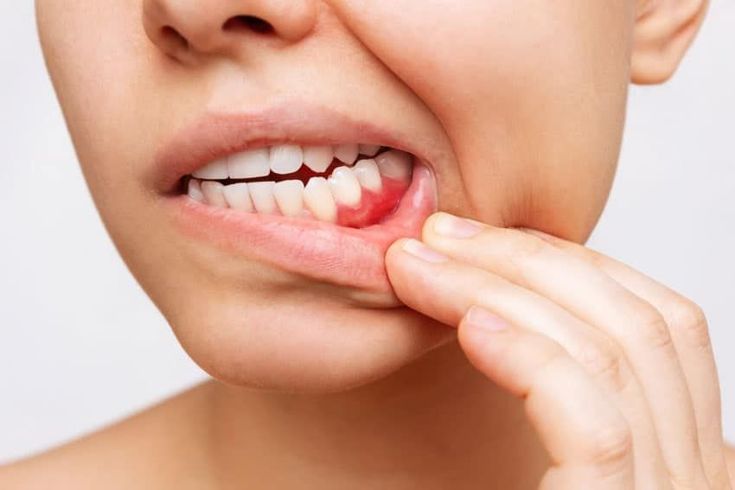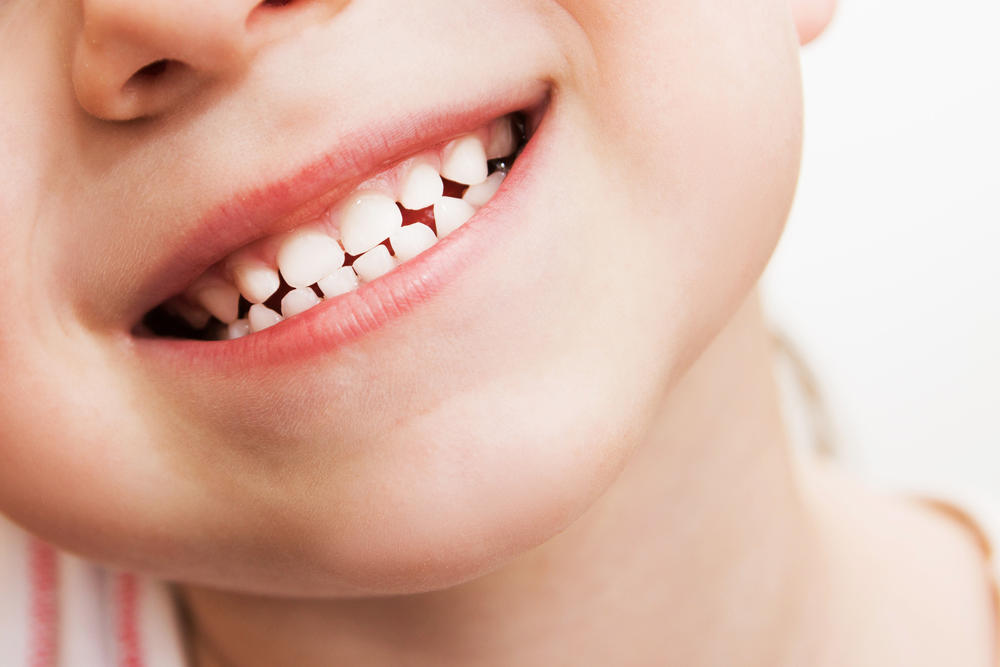The Role of Lasers in Modern Orthodontics
Laser technology has brought significant advancements to orthodontic treatments, offering precise and efficient solutions for various dental issues. Lasers can be used to perform soft tissue procedures, such as gingival contouring, with minimal discomfort and faster healing compared to traditional methods. In orthodontics, lasers help in reshaping the gum tissue, accelerating tooth movement, and improving the overall outcome of treatments. The use of lasers enhances patient comfort and reduces the need for more invasive procedures, making orthodontic care more effective and efficient.
Lasers provide unparalleled precision in orthodontic treatments by targeting specific areas with pinpoint accuracy. This precision allows for more controlled adjustments in procedures such as frenectomy, where excess tissue is removed to improve oral function and comfort. Additionally, lasers can be used to stimulate bone.
Lasers provide unparalleled precision in orthodontic treatments by targeting specific areas with pinpoint accuracy. This precision allows for more controlled adjustments in procedures such as frenectomy, where excess tissue is removed to improve oral function and comfort. Additionally, lasers can be used to stimulate bone growth around orthodontic appliances, accelerating the movement of teeth and leading to more effective treatment outcomes. The enhanced precision of lasers minimizes the impact on surrounding tissues, reducing discomfort and promoting faster recovery for patients. One of the significant benefits of using lasers in orthodontics is the improvement in patient comfort. Traditional orthodontic procedures can sometimes be uncomfortable or involve extended recovery times. Lasers, however, offer a minimally invasive alternative that reduces discomfort and speeds up healing. The use of lasers in soft tissue procedures, such as adjusting gum contours or treating oral lesions, often results in less pain and swelling compared to conventional methods.










